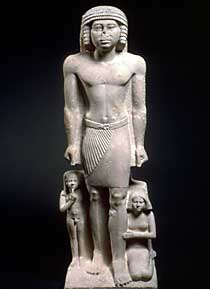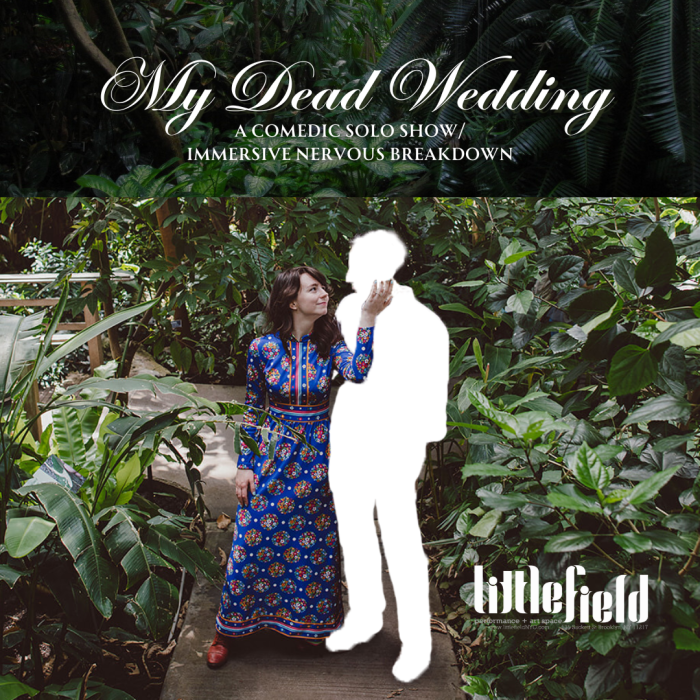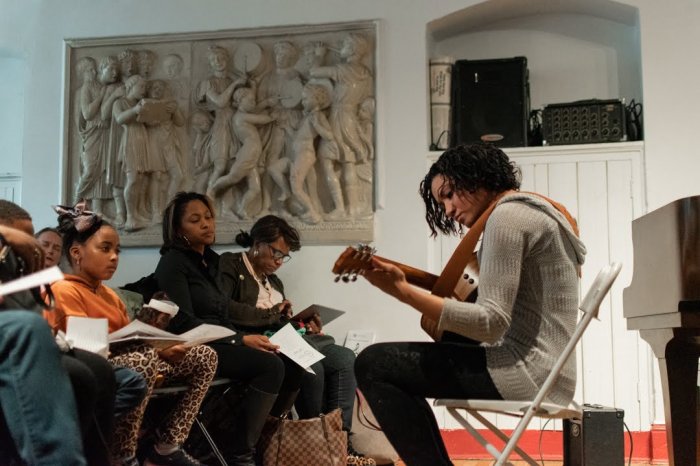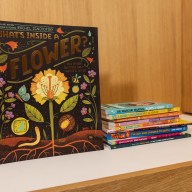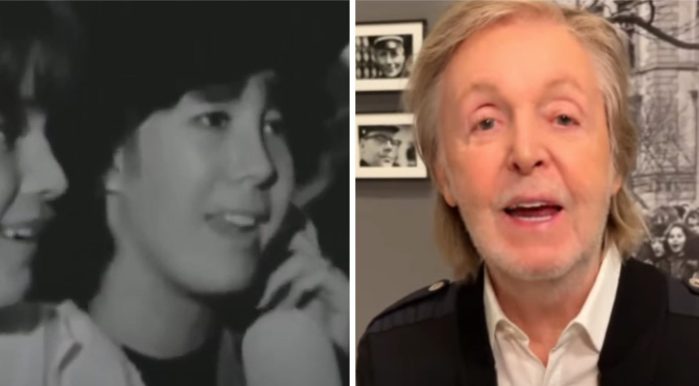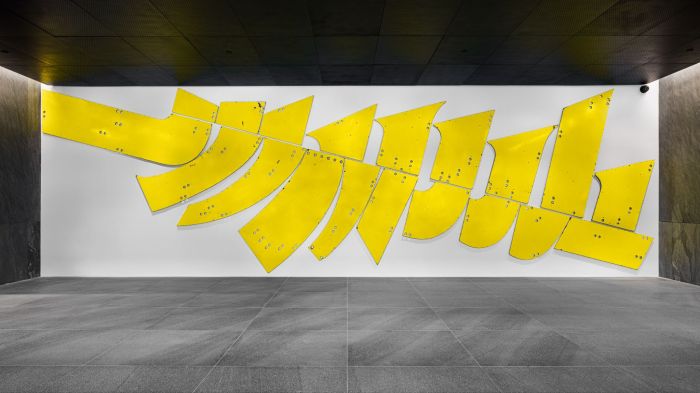For most people, mummies, hieroglyphics,
the pyramids and the glittering gold face of Tutankhamun form
the sum of knowledge of ancient Egyptian art. But as the new
Brooklyn Museum of Art installation, "Egypt Reborn: Art
for Eternity," illustrates, there is so much more to discover.
The Brooklyn Museum has dedicated many galleries on its third
floor to creating new displays out of its own collection of artifacts
with the hope that it will transform the way visitors think about
Egyptian art. Even the artwork used as a recurring icon throughout
the show defies the ol’ "Walk Like an Egyptian" stereotype.
The 5,000-year-old, pre-dynastic, terracotta figure of a woman
throws its arms in the air like an exultant dancer. Not carved
of stone or painted in profile but molded of earth, this is an
example of the beginnings of Egyptian art.
"I wanted to force people to look at Egyptian art in an
entirely new way," museum curator James Romano told GO Brooklyn.
The exhibition, which opened April 12, completes a 10-year project
that began in 1993, when more than 500 objects from the museum’s
world-renowned Egyptian holdings were put on permanent view as
part of "Temples, Tombs and the Egyptian Universe."
With more than 1,150 Egyptian artifacts now in place, the completed
galleries make available masterpieces from every period in ancient
Egyptian history – from pre-dynastic material (before 3100 BC)
to works created during the reign of Amunhotep III, part of the
18th Dynasty.
In culling these works from the 4,000 objects in the museum’s
Egyptian collection, Romano said he was looking for artifacts
that had the "ability to contribute to the overall narrative
of the installation – the interplay of permanence and change
in ancient Egyptian art.
"One of the great subtexts of the installation is using
great works of art in teaching roles to tell our story,"
Romano said.
One of those great works is the green chlorite head of a woman
from the Middle Kingdom (1876-1842 BC). Showcased in its own
glass case, the sculpture’s wig of stylized strands of hair,
smooth lips and hollowed eyes are a beguiling study of symmetry.
"She stopped me in my tracks when I first saw her almost
30 years ago," said Romano, who has been working at the
Brooklyn Museum since 1976. "It’s difficult to articulate
precisely what it is about her, but to me, it captures a young
woman precisely at that moment when she is neither girl or woman,
but in that very brief moment of evanescence. To someone else
[the appeal] could be entirely different."
This entrancing sculpture has been mesmerizing art lovers for
centuries. According to Romano, the head had been in the collection
of the Roman emperor Hadrian.
"He sent agents into Egypt to acquire works to put on display
in his villa in Tivoli, near Rome," explained Romano.
Like most of the new exhibitions installed at the museum, this
one deserves kudos for its impressive design. An enormous mural
of the Egyptian zodiac is painted on the ceiling of the central
gallery. In another room, a colonnade, inspired by Egyptian architecture,
was installed to create a miniature temple within the larger
room. The temple showcases luminous, peach-colored vases made
of Egyptian alabaster from King Djoser’s tomb and amazingly well
preserved, painted wood statues of Metjetji. Several archival
photographs, also from the museum’s collections, of archeological
excavations and their environs have been blown up and used as
backdrops for artifact displays.
Touch-screen interactive computer stations make use of some
21st century technology to add another dimension to the enormous
installation, which runs the length of two city blocks. At one
kiosk, visitors are able to take a virtual tour of the tomb of
Akhtyhotep and its wall decorations as well as learn more about
nearby works of art. The museum has also published a book, "Art
for Eternity: Masterworks from Ancient Egypt" by Romano,
Richard Fazzini and Madeleine Cody (Scala Publishers, 1999) with
color photographs, a glossary and descriptions of 100 of the
works on display.
Yet all of these trimmings are to augment the Egyptian gifts
of "gracious taste, arresting design and technical mastery
of materials" as the exhibit cards proclaim. The timeless
good taste of Egyptian design in jewelry, furniture and cosmetics
containers are perhaps the most obvious examples of ideas that
are still popular today. Even an offering table on display –
which would now be called a cake plate – is an example of timeless
design that perfectly melds form and function.
Among the jewelry on display are beaded amethyst necklaces,
large gold hoop earrings, turquoise pieces and a gold cuff bracelet
with a scarab (stylized dung beetle) in its center – variations
of which can be seen on women walking in any fashionable Brooklyn
neighborhood.
In many ways, a visit to see "Egypt Reborn" is as
much an exciting revelation as it is your duty as a Brooklynite.
"It’s the core of the Brooklyn Museum’s collection,"
said Romano. "And it’s as much a part of Brooklyn as Green-Wood
Cemetery and the Brooklyn Bridge, but for many years it has not
been accessible to the public."
"Egypt Reborn: Art for Eternity"
is on display now at the Brooklyn Museum of Art, 200 Eastern
Parkway at Washington Avenue. Admission is $6, $3 students with
valid ID and older adults, free to members and children under
12 accompanied by an adult.
On Saturday May 3 admission is free after 6 pm and includes
a variety of events as part of First Saturday. At 7 pm, curator
James Romano will discuss "Egypt Reborn;" at 8 pm,
free Egyptian dance lessons will be taught by Ranya Renee; and
at 9 pm, a discussion on Egyptian couture will take place. For
more information, call (718) 638-5000 or log onto www.brooklynmuseum.org.
"Art for Eternity: Masterworks from Ancient Egypt"
by Richard Fazzini, James Romano and Madeleine Cody (Scala Publishers,
1999) is available at the gift shop for $16.95.


